
Inhaltsverzeichnis
5 tips to end your relationship with plastic
Admittedly, the title is a bit provocative. But I think we're all aware by now that plastic is harmful to the environment. Yet we're so accustomed to using plastic every day that it's not easy at first to reduce our own plastic consumption. Where do I start? Should I feel bad about using plastic? What should I do with all the plastic I own?
Here are my 5 tips
1. Slow down
Once you notice all the plastic, it's practically impossible not to see it! Plastic is EVERYWHERE. It seems like you can never escape it. But I promise you, with a little practice, you can reduce your plastic use. It just takes time. Don't feel obligated to change everything at once or to never touch a single piece of plastic again from today. It's okay to take your time—no one becomes plastic-free or a zero-waster overnight.
Start slowly and begin where you can. Single-use coffee cups, straws, plastic bags, and plastic bottles are a great start and already make a big difference! These changes also happen outside the home. This way, you can focus on using up the plastic you already have at home before you continue (see point 2).
Another way to slowly start reducing plastic: Live completely (single-use) plastic-free one day a week. This will give you an overview of when, where, and what type of plastic you use, without overwhelming yourself.
2. Use up what you have
It is totally contradictory to a zero-waste lifestyleIt's a lot more sustainable to reuse plastic products you already have at home (like lunch boxes or plastic water bottles) until they're no longer usable.
I was surprised at how much (single-use) plastic I actually have lying around at home when I actually went through my cupboards and shelves. If you have a plastic product that's still in good condition but you'd like to get rid of, you can of course donate it.
Producing less waste also means contributing to the secondhand market. This way, the product can continue to be used and doesn't end up in the nearest landfill (or eventually in the oceans). It also helps ensure that fewer resources are needed to create new products.
You should use up any products that aren't suitable for donation. I totally understand how tempting it is to buy new makeup without microplastics or one of those lovely stainless steel bottles. But unfortunately, that's not really sustainable. Use up the items or use them while you can, and then take the next step.
If you no longer feel comfortable using some of the products due to their ingredients (z.B. microplastics or plasticizers), then try to pass the products on to friends or family members (of course only if they use the products or would buy them anyway).
3. Out of sight…
Sometimes it makes sense to use disposable items under certain circumstances. I have z.B. a few disposable razors from days when I hadn't yet thought about zero-waste. These come in handy when flying, as you're often not allowed to take a metal razor with a blade in your hand luggage. It's also a good idea to keep plastic bags if you can reuse them as garbage bags.reused. There's no reason to just throw them away.
At the same time, you don't want to be tempted to use disposable items so often, especially when you're starting your zero-waste journey. Therefore, it's a good idea to store these items somewhere less accessible, such as in a box at the top of a shelf. This will prevent you from reaching for them, while still keeping them accessible and usable in certain situations.
4. Plastic is toxic
I have to admit: There are tons of pretty, clever, or practical products packaged in plastic. Whenever I'm tempted to buy such products, I remind myself that plastic is toxic. It's toxic to our health and to our planet. So, when I have a choice between plastic-wrapped and non-plastic-wrapped items or foods, I'm happy to choose the ones that aren't. It's logical, right?
Unfortunately, supermarkets still don't make it easy for us to find unpackaged (or gently packaged) food. But the situation is improving! Plastic-free alternatives can also be found for many foods, if you just keep your eyes open.
So remind yourself from time to time that using less plastic is not only good for our planet, but also for our health. This will boost your motivation to a whole new level.
5. Have fun!
If you're having trouble getting away from plastic, find something you enjoy. A great bonus of living plastic-free is that your home becomes more aesthetically pleasing. Furniture and objects without plastic are often sturdier, more durable, and have a cleaner design.
While consumption isn't the point of a zero-waste lifestyle, buying something that motivates you or makes life easier can be very helpful! If it helps you produce less waste or buy less plastic in the long run, then treat yourself! There are no hard and fast rules or do's and don'ts here. If it helps you and inspires you to live a more plastic-free life, then feel free to buy the jars for your kitchen shelf or the glass straws. The important thing here is that you don't simply throw away the equivalent plastic products. But we've already discussed that.
Reducing your plastic consumption or establishing a zero-waste lifestyle in the long term is a long journey that will likely never end. The bottom line is: Do what you can and give it your best!
If you would like to learn more about healthy eating, mindfulness or sustainability, Check out more exciting blog articles on these topics here.




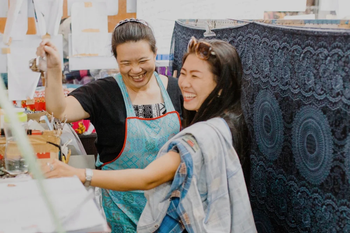
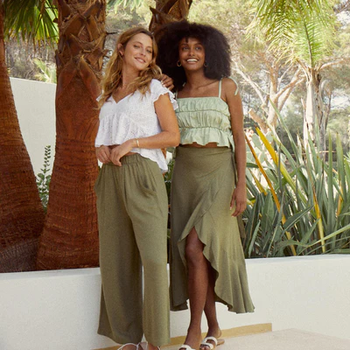


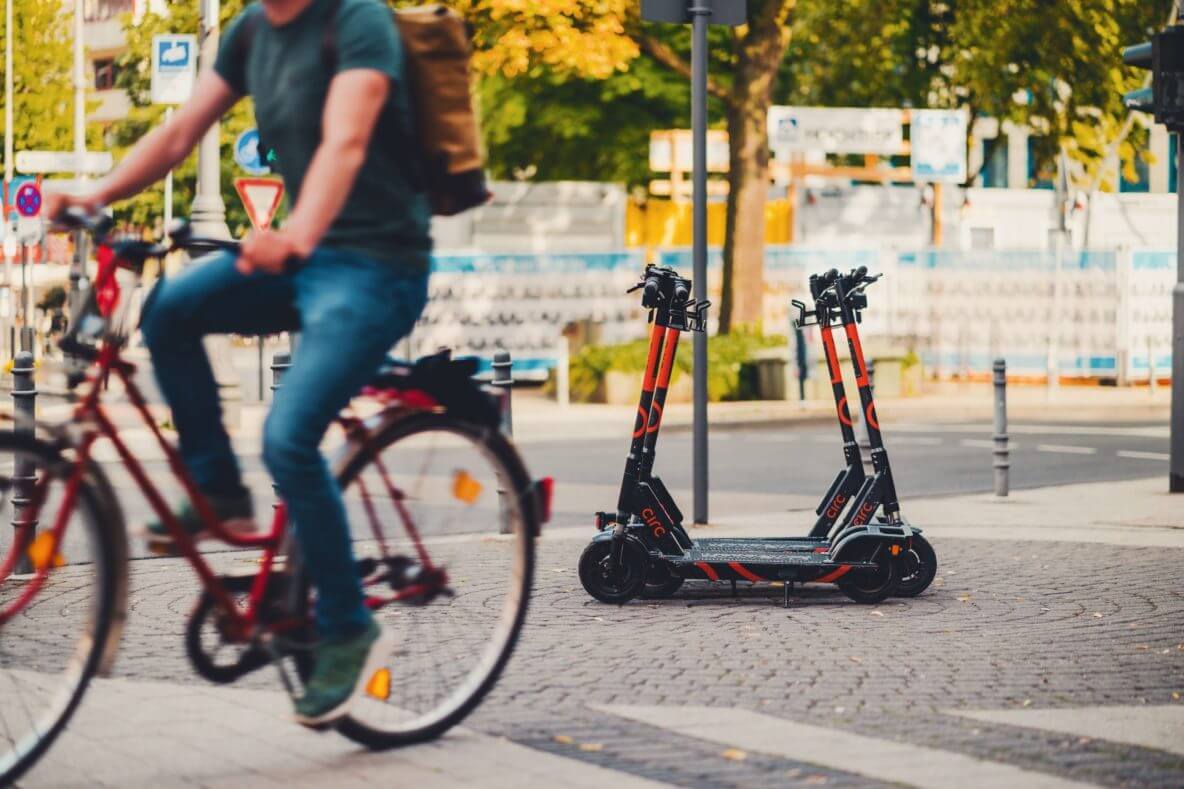

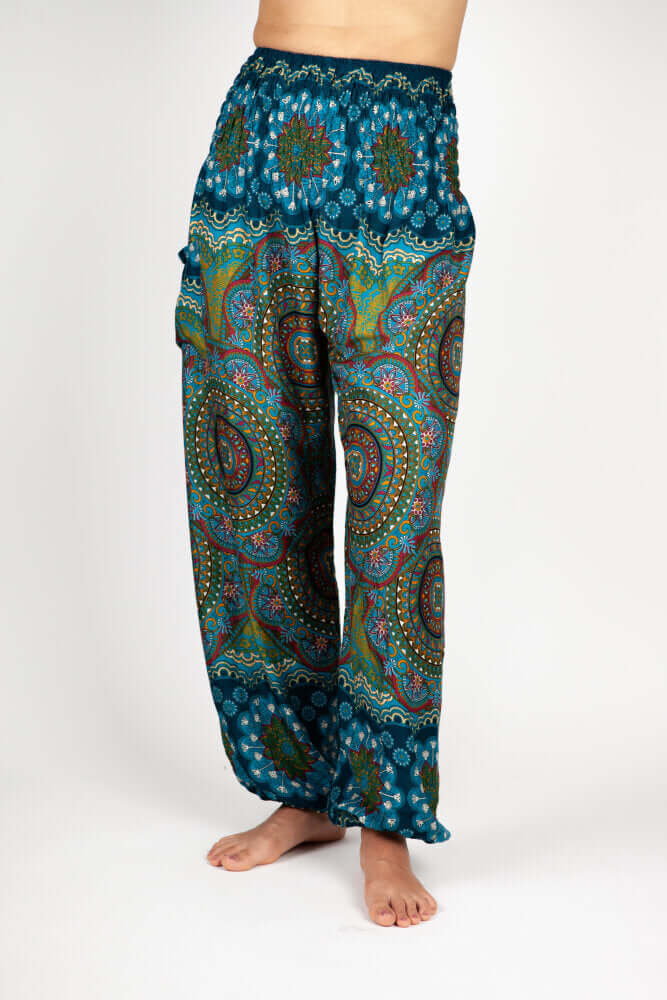
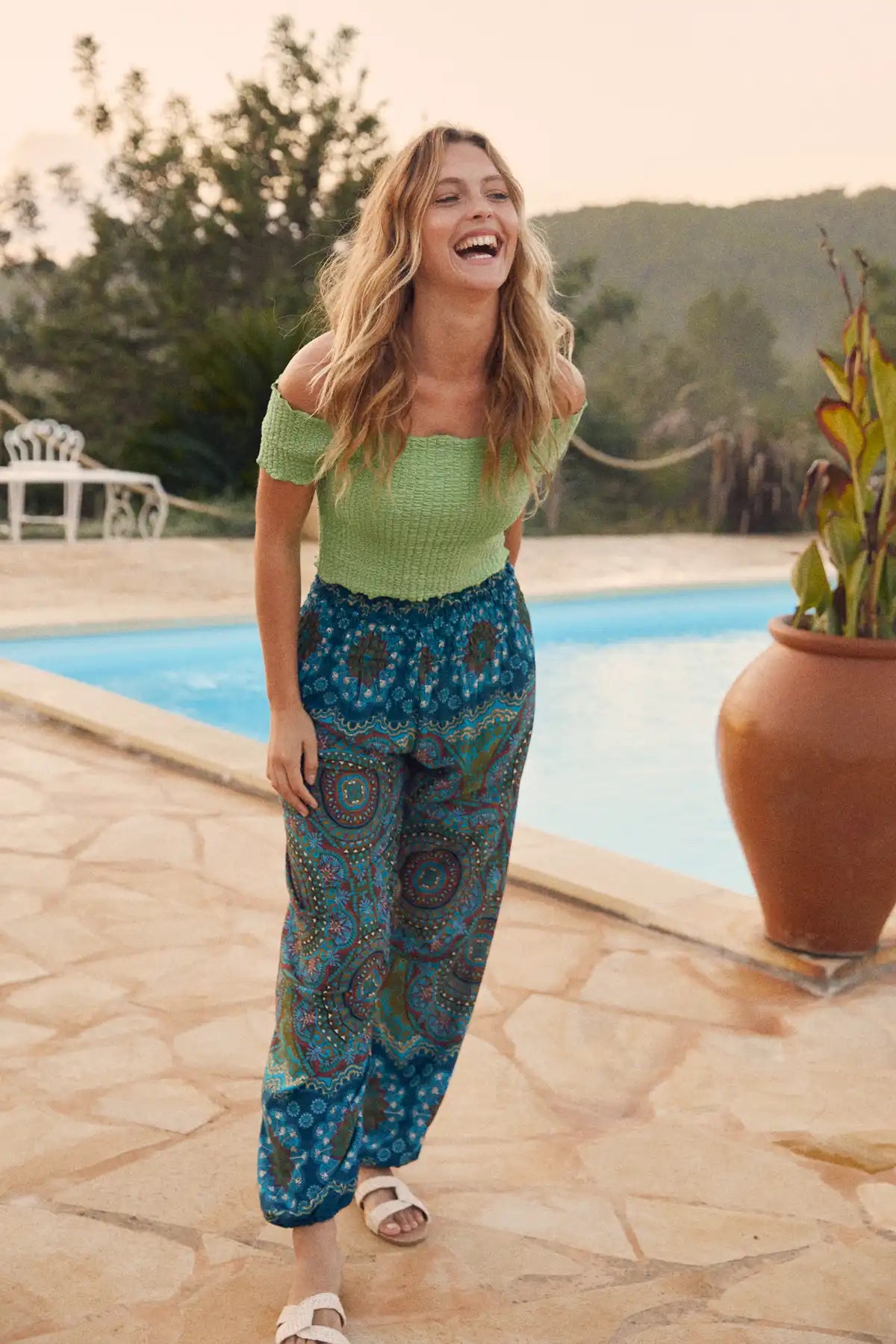
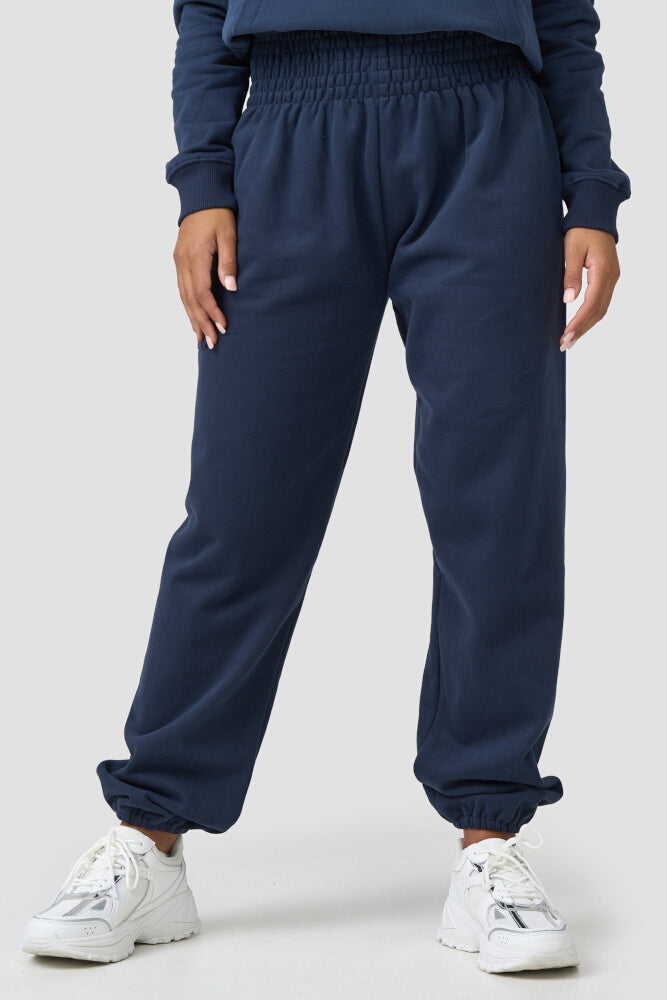
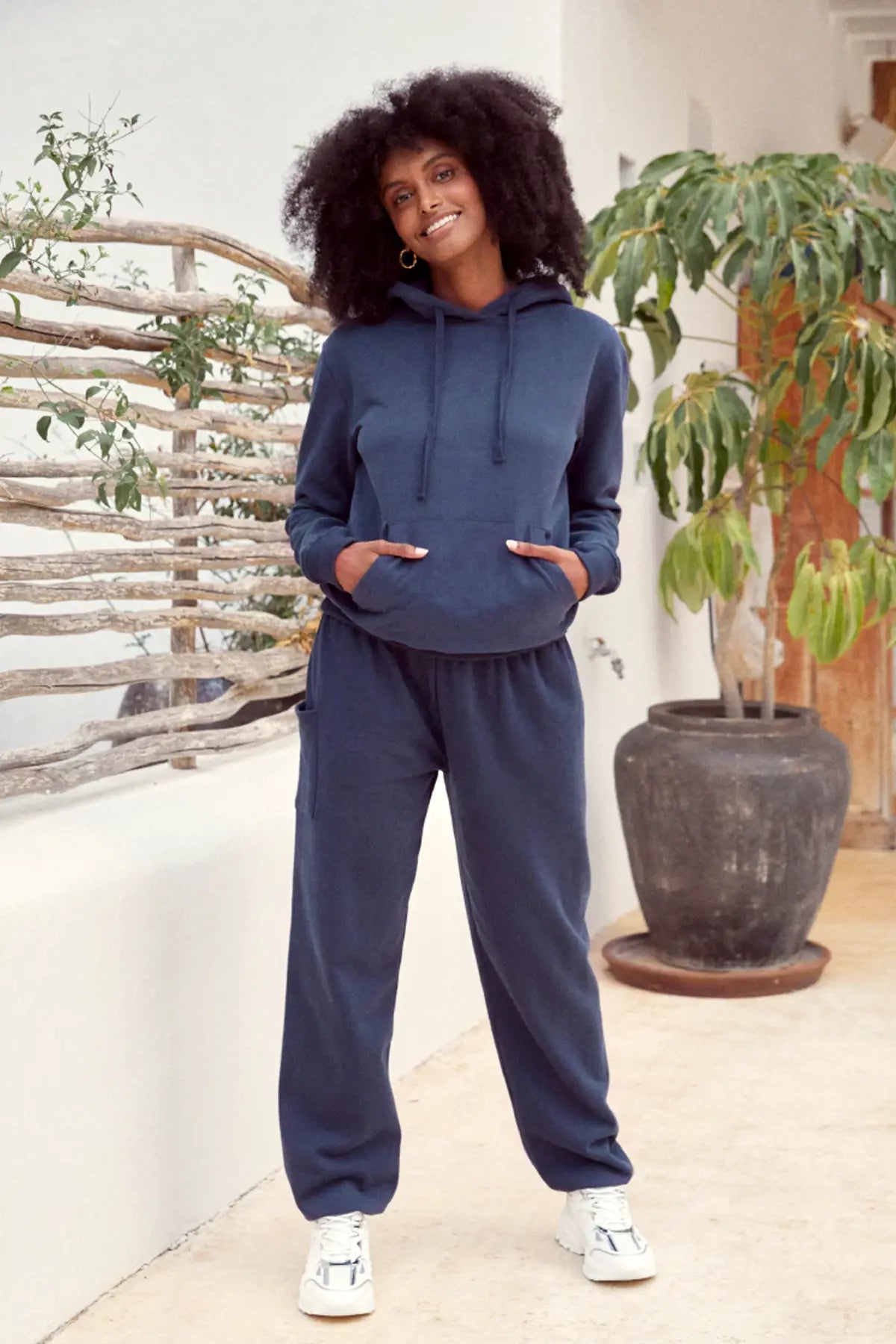
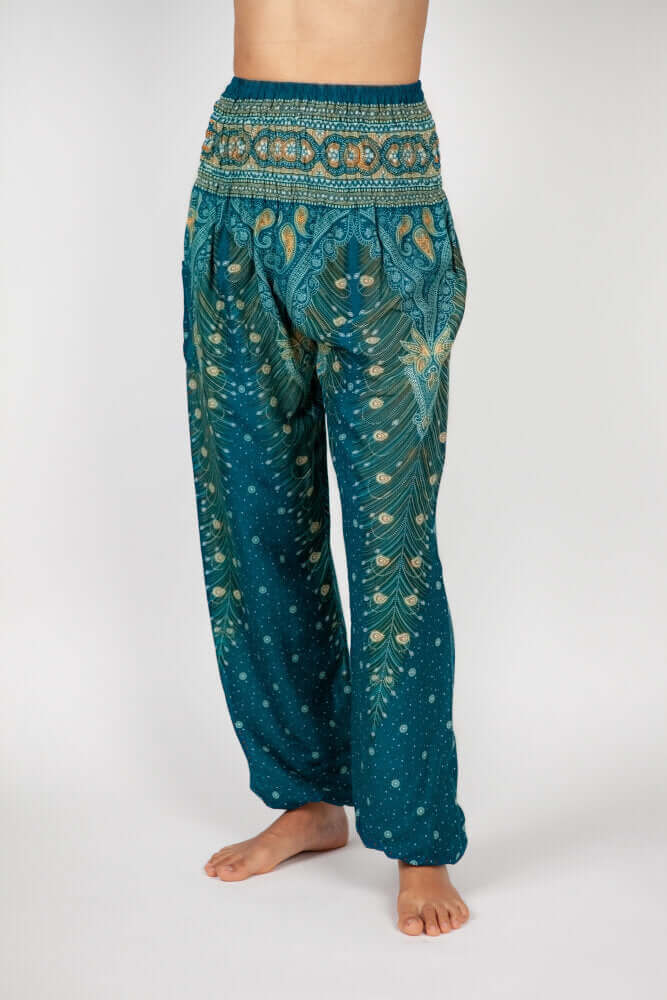
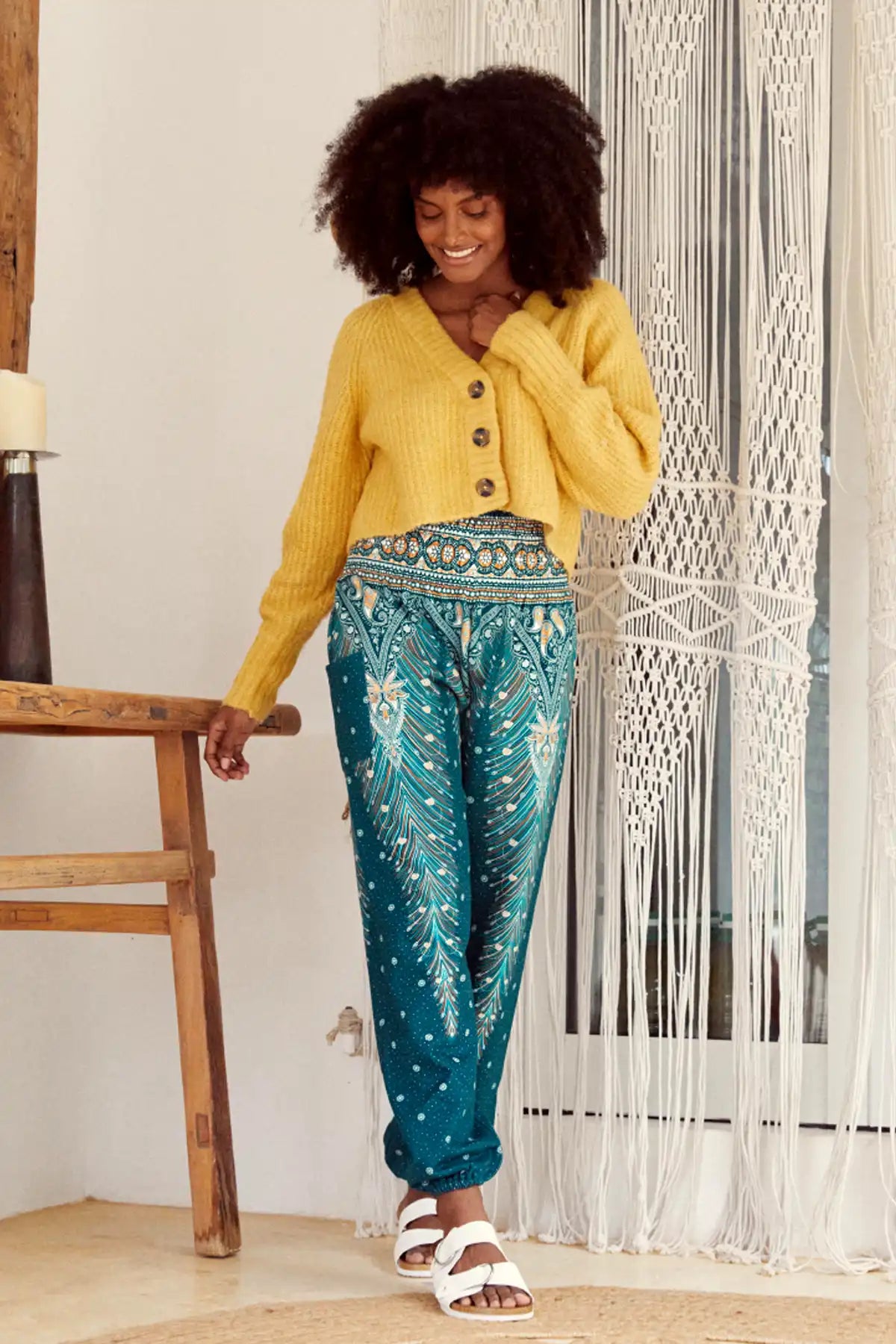
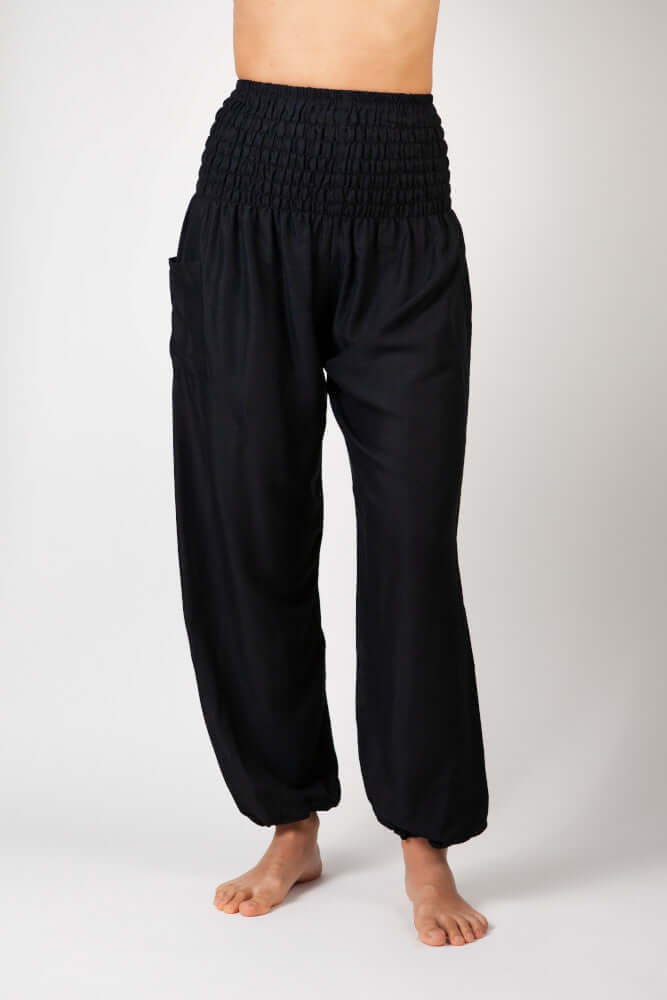
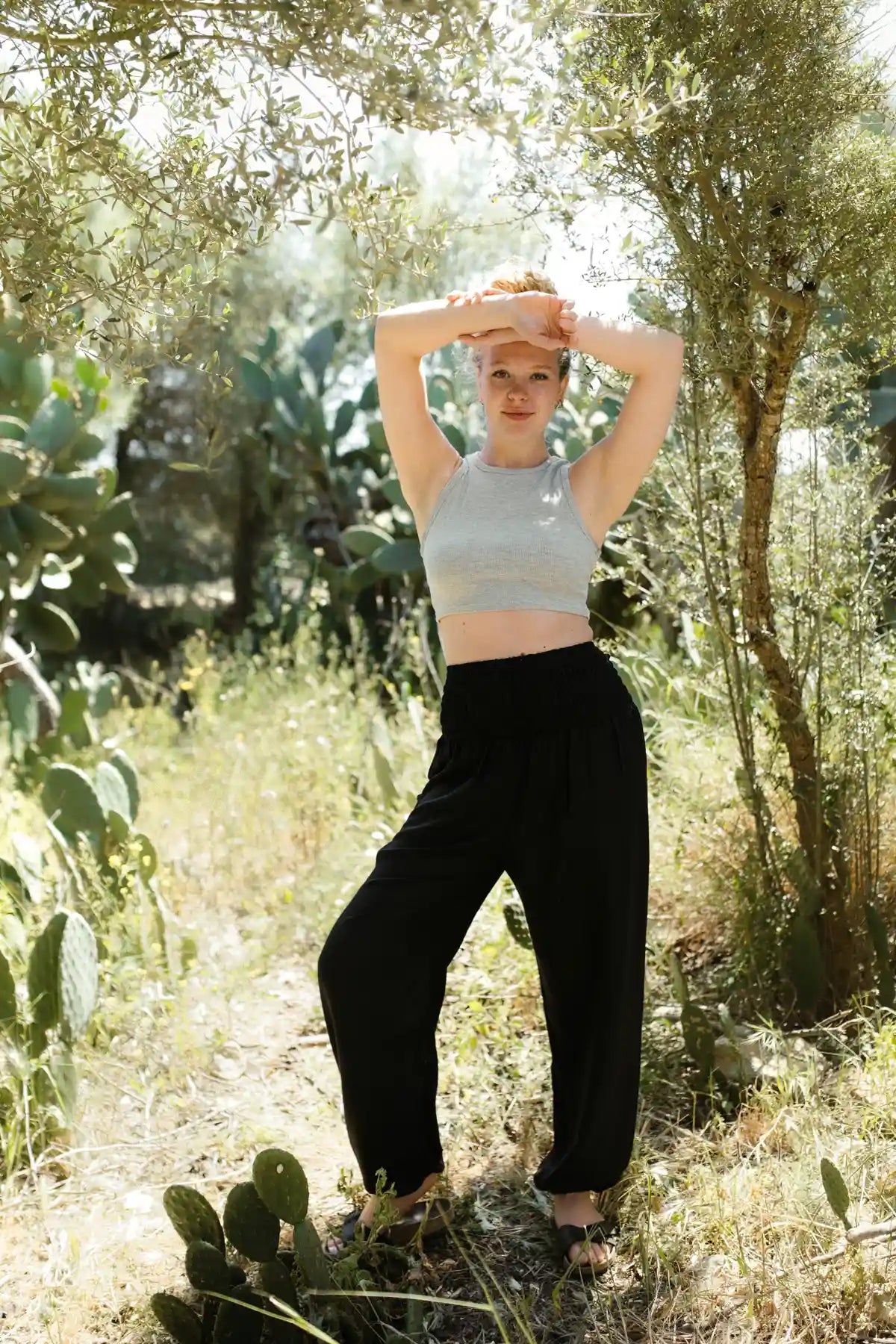
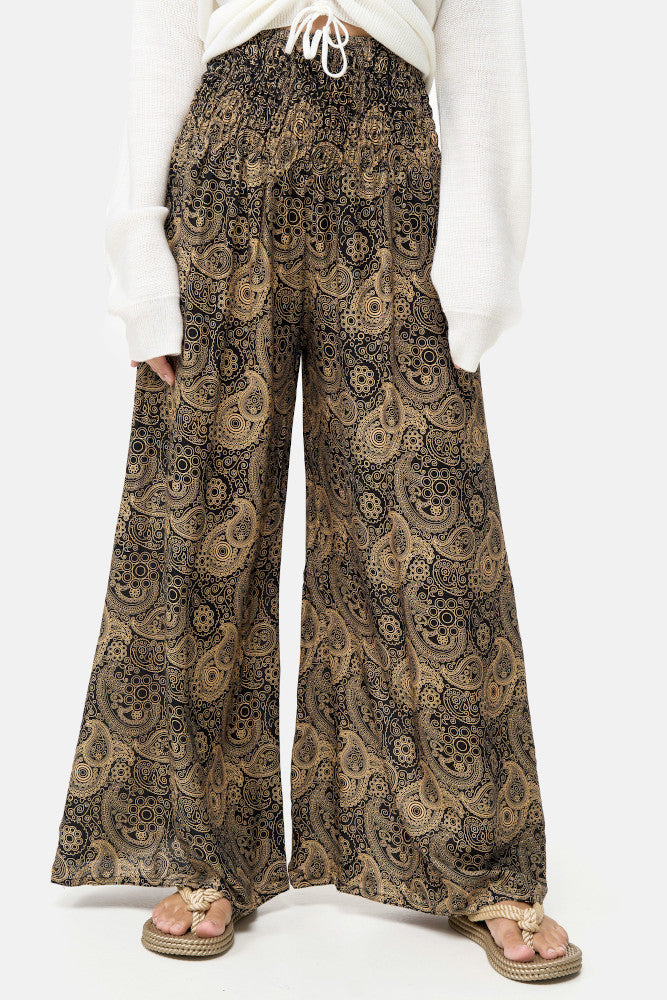
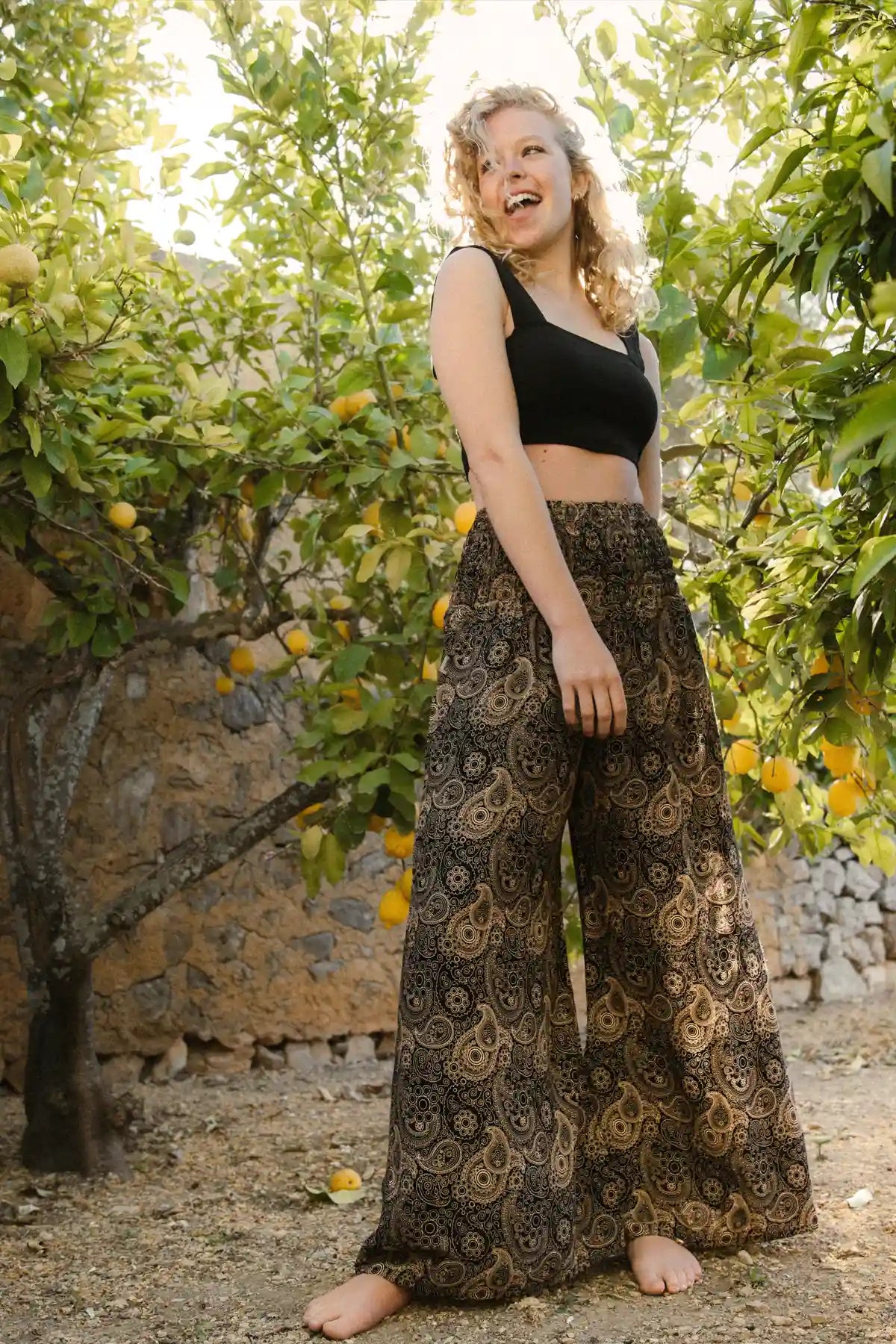
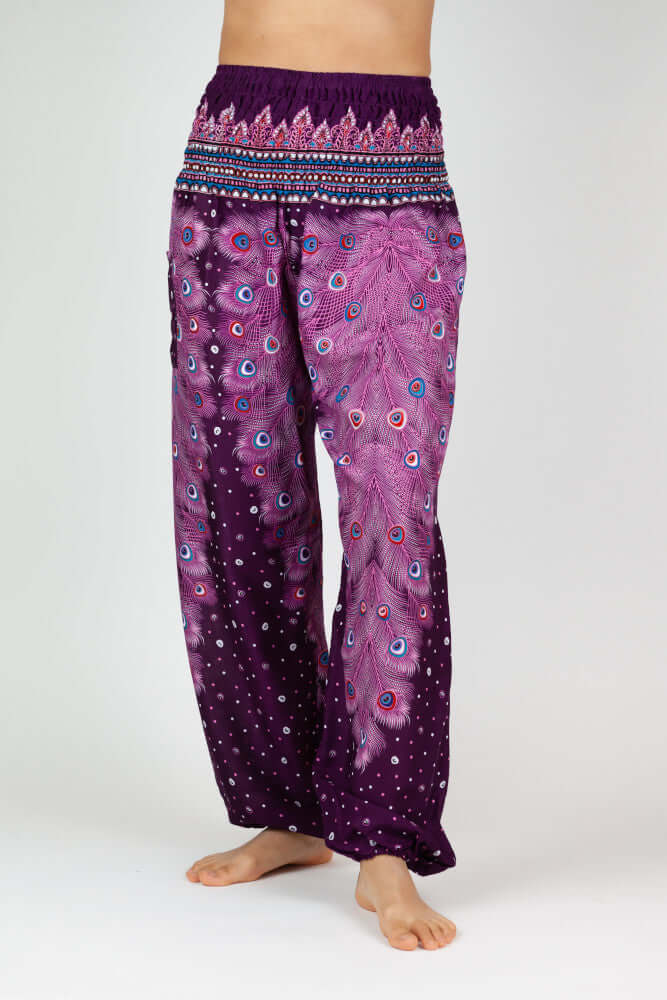

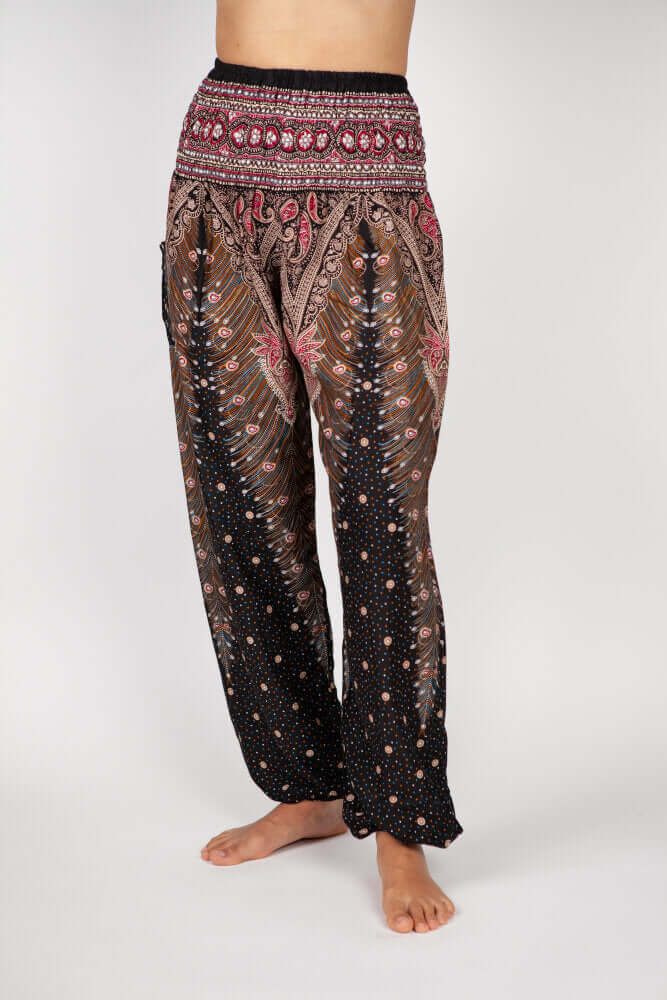
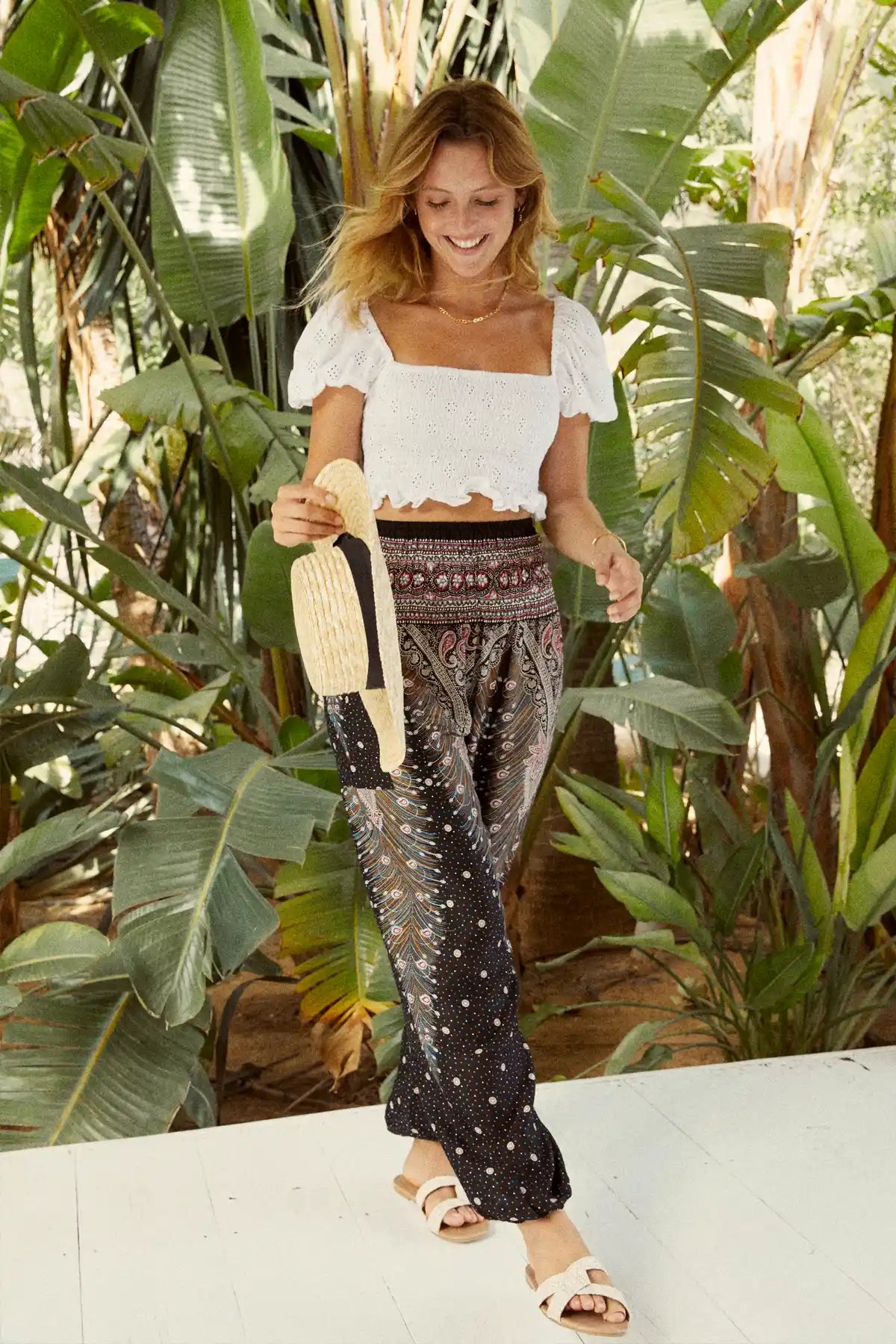
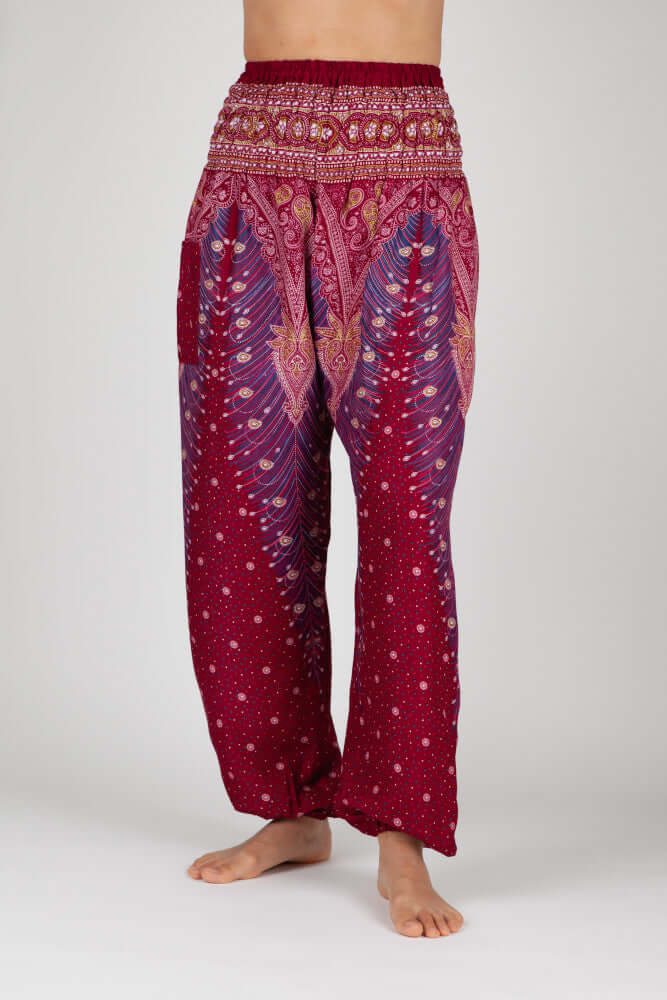

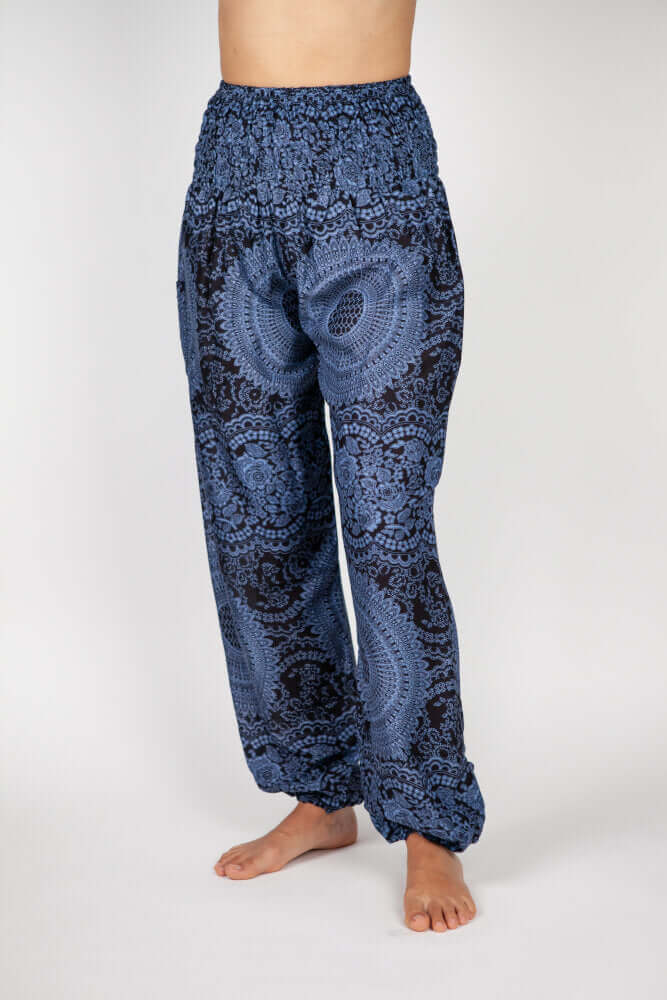

Leave a comment
This site is protected by hCaptcha and the hCaptcha Privacy Policy and Terms of Service apply.